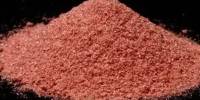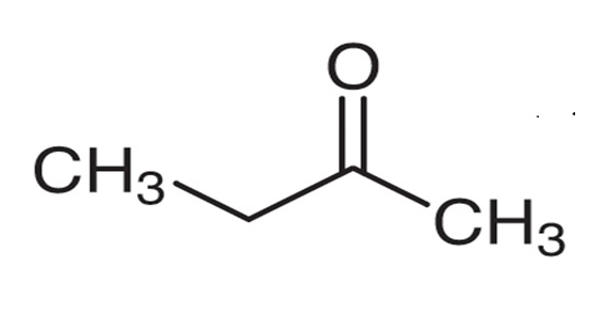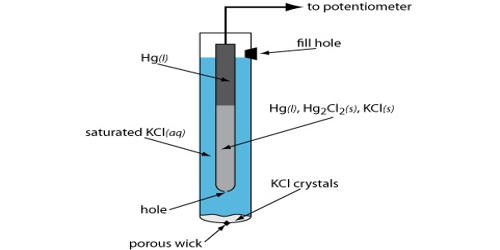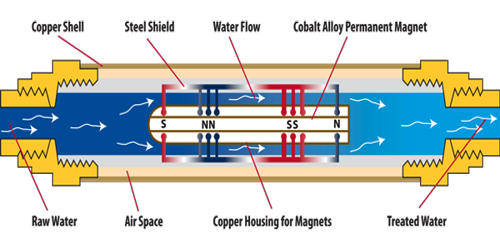Diiodosyl sulfate is an inorganic compound, a basic salt of iodine and sulfuric acid with the formula (IO)2SO4. It forms yellow crystals. It is classified as an oxyiodine compound and can be described as the sulfate salt of the diiodosyl cation, (𝐼𝑂)22+. This compound is relatively uncommon and is mainly of interest in specialized areas of inorganic and analytical chemistry.
Structurally, diiodosyl sulfate contains iodine atoms in a high oxidation state, typically +3. The iodine is bonded to oxygen, forming the iodosyl (IO⁺) unit, and two such groups are associated with the central sulfate anion. This gives the compound both oxidizing properties and a certain degree of instability, as high-valent iodine–oxygen bonds are prone to decomposition under heat or in reducing environments.
Properties
In terms of properties, diiodosyl sulfate is usually a crystalline solid, strongly oxidizing, and sensitive to moisture. It is soluble in water but tends to hydrolyze, generating iodate and iodine-containing species. Diiodosyl sulfate forms yellow hygroscopic crystals and is poorly soluble in cold water. It dissolves in and can be recrystallized from concentrated sulfuric acid.
- Chemical formula: (IO)2SO4
- Molar mass: 381.87 g/mol
- Appearance: Typically expected to be a crystalline or amorphous solid, though detailed physical data are limited.
- Stability: Likely thermally unstable and sensitive to decomposition, releasing iodine oxides and sulfur oxides upon heating.
- Oxidation State of Iodine: +6, making it a strong oxidizing compound.
- Solubility: Presumed soluble in polar solvents such as water, though hydrolysis may occur, generating iodic acid and sulfuric acid derivatives.
- Reactivity: Functions as a strong oxidizing agent, capable of releasing active oxygen and iodine-containing species.
Synthesis
Reaction of iodic and sulfuric acids:
2 HIO3 + H2SO4 → (IO)2SO4 + O2 + 2 H2O
Passing ozonized oxygen through a solution of iodine in sulfuric acid:
I2 + 3 O3 + H2SO4 → (IO)2SO4 + 3 O2 + H2O
Chemical properties
Under the influence of atmospheric moisture, diiodosyl sulfate hydrolyzes with the release of iodine, iodic and sulfuric acids.
It decomposes when heated:
4(IO) 2 SO 4 → 2I2O5 + 2I2 + 4SO3 + O2
It reacts with sulfur trioxide:
(IO)2SO4 + 2SO3 → I2(SO4)3
With concentrated sulfuric acid, it forms an acidic salt:
(IO)2SO4 + H2SO4 → 2 IOHSO4
Occurrence
Occurrences of diiodosyl sulfate are primarily synthetic; it does not occur naturally. It is prepared in laboratories through controlled reactions of iodine oxides or oxyacids with sulfuric acid derivatives. Its applications are limited, though it has been investigated as a reagent in oxidation reactions and in studying the chemistry of hypervalent iodine species.
Applications
Due to its rarity and instability, diiodosyl sulfate is primarily of theoretical and research interest rather than practical large-scale use. Its main roles are:
- Inorganic Chemistry Research: Helps in understanding high oxidation state iodine compounds and mixed oxide-sulfate species.
- Potential Oxidizing Agent: Could be explored in selective oxidation reactions, though its instability limits practical use.
- Model Compound: Provides insights into the bonding and reactivity of halogen–sulfur oxide systems.
















